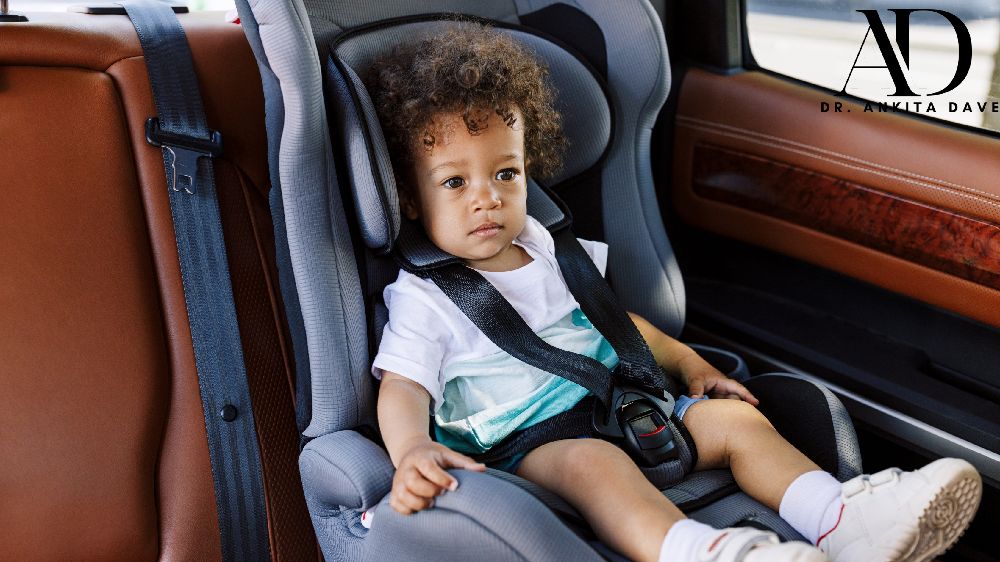
Introduction
Keeping children safe on the road starts with choosing the right car seat. Each stage of your child’s growth comes with a new set of car seat needs. In this article, you’ll find practical advice on how to select and transition between car seats based on your child’s age, weight, and height, following the latest safety standards.
Why It’s Important
Car crashes remain a major threat to child safety. According to the CDC, correctly used car seats lower the risk of serious injury by more than 70% for infants and over 50% for toddlers. Ensuring your child is buckled into the right seat can be the difference between injury and protection.
Types of Car Seats and When to Use Them
👶 1. Rear-Facing Seats (Newborn to Toddler Years)
Best For: Infants and young toddlers
Seat Types: Rear-facing only or convertible seats in rear-facing mode
Use Duration: Until your child hits the seat’s max height/weight (usually around 40 lbs or 2–4 years old)
Rear-facing seats support your child’s fragile head and spine in a collision—keep them rear-facing as long as the seat allows.
🧒 2. Forward-Facing Seats (Around Age 2 to 7)
Best For: Older toddlers and preschoolers
Seat Types: Convertible or combination seats with a five-point harness
Transition When: The child outgrows the rear-facing limit
A snug harness offers maximum upper body protection during impact—ensure proper strap placement across the chest and shoulders.
🧑 3. Booster Seats (Around Age 5 to 12)
Best For: Kids who have outgrown forward-facing harness seats
Seat Types: High-back or backless boosters
Duration: Until seat belts fit properly without support (typically 4'9" and 8–12 years old)
Boosters raise the child for an accurate seat belt fit—lap belts should lie flat on the thighs, and shoulder belts across the chest.
👦 4. Adult Seat Belts (Usually Age 8 and Older)
Use When: The child passes the seat belt fit test without a booster
Criteria: They should sit with their back flat against the seat, knees comfortably bent, and feet touching the floor
Even when using seat belts, children under 13 should always ride in the back seat for maximum protection.
Avoid These Common Mistakes
Turning the seat forward too early
Improperly securing the car seat
Loose or incorrectly placed harness straps
Using a secondhand car seat without checking history or expiration date
Skipping a professional installation check
Safety Tips for Parents
Always read both the car seat and vehicle manuals
Register your seat to get notified of recalls
Recheck fit and adjustment regularly as your child grows
Visit a certified technician for installation help if needed
Conclusion
Your child’s safety is non-negotiable, especially when traveling. As they grow, their car seat must evolve too. Stay informed about car seat stages and update equipment when necessary to ensure every trip is a safe one—for infants, toddlers, and beyond.
 (5).png)
 (7).png)
